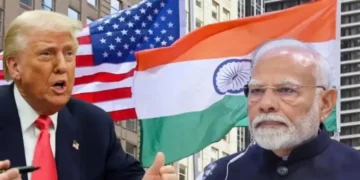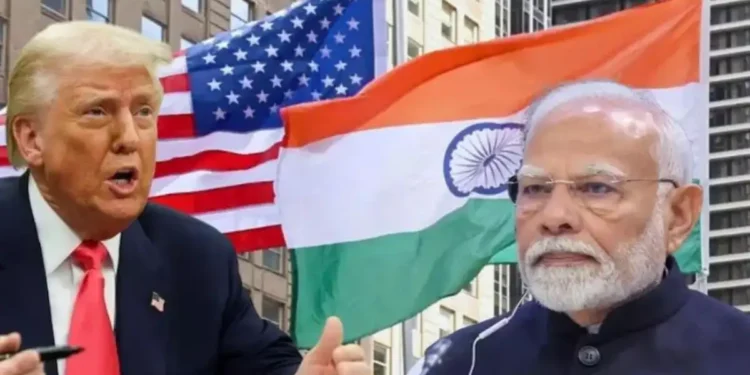India and the United States have finalized the terms of reference for the initial phase of a bilateral trade agreement, marking a significant advancement in their economic partnership. Indian trade officials are optimistic about reaching a mutually beneficial deal within the next 90 days.

This development follows a series of high-level discussions aimed at enhancing trade relations between the two nations. On April , 2025, Indian Foreign Minister Subrahmanyam Jaishankar and U.S. Secretary of State Marco Rubio emphasized the importance of swiftly concluding the trade deal.

The negotiations are set against a backdrop of shifting global trade dynamics. The U.S. has recently paused reciprocal tariffs for multiple countries, including India, providing a conducive environment for these discussions. Despite the U.S. announcing a 26% tariff on Indian goods last week, India has indicated it does not plan to retaliate.

Both countries have set an ambitious goal to boost bilateral trade to $500 billion by 2030. Regular virtual engagements are planned to advance the talks, highlighting the commitment of both nations to deepen trade ties. An unnamed Indian official noted that trade discussions with the U.S. are progressing faster than those with other countries, reflecting significant potential for near-term progress. India,
In preparation for the trade deal, India is considering tariff reductions on over half of U.S. imports, valued at $23 billion, to protect its $66 billion exports from reciprocal U.S. tariffs set to take effect on April 2. This move aims to mitigate the extensive impact anticipated from U.S. President Donald Trump’s global tariffs.
Additionally, India plans to lower tariffs on electric vehicles (EVs) to facilitate the trade agreement, despite opposition from domestic automakers who prefer a phased reduction by 2029. This immediate tariff reduction would benefit companies like Tesla, which plans to start selling imported cars in India, but could impact local EV manufacturers.
As negotiations progress, both nations aim to address key issues, including market access, reduction of tariff and non-tariff barriers, and strengthening supply chain integration. The successful conclusion of this trade agreement is expected to significantly enhance economic cooperation between India and the United States.

Read more :















 Categories
Categories










